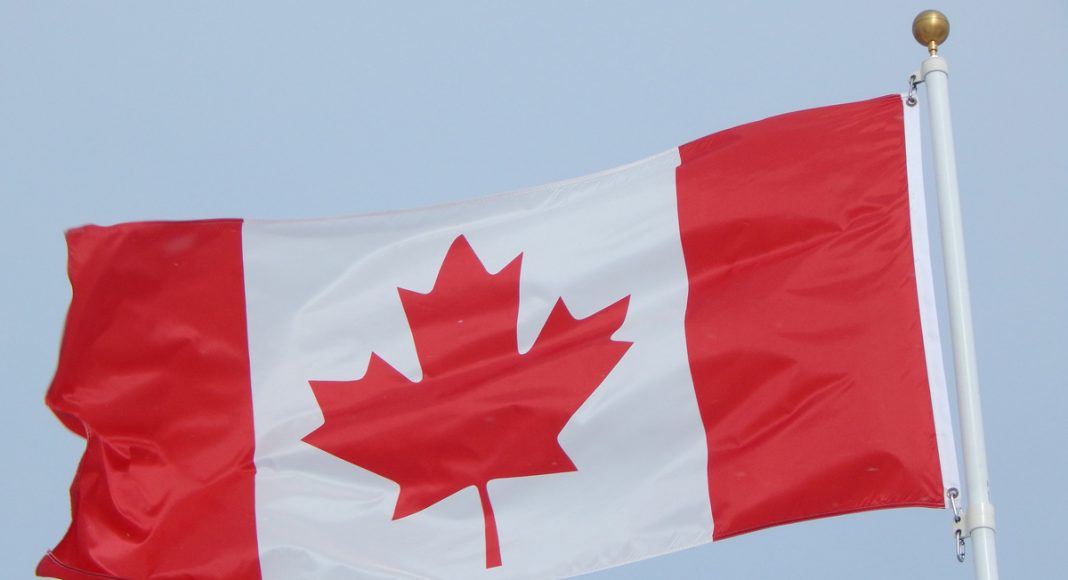Over the past several decades, any public health campaign regarding drugs, including marijuana, touted a clear directive. From D.A.R.E. to Above the Influence, the message was simply not to do drugs. It’s a pretty easy statement to make when marijuana is illegal, but how does a national health department educate its people when the drug in question is legal?
That’s the proposition facing Canada at the moment. With many in the U.S. watching how Canada handles legalizing marijuana in its multiple components, Canada is launching a six-year, $100 million “nuanced” campaign that focuses on reducing potential harm and instilling situational awareness to when using marijuana is not a good idea. The campaign will specifically target youth and young adults.
“Inevitably, that communication and education is going to be more nuanced and subtle,” Professor of Public Health at the University of Waterloo David Hammond told CBC.
“We’re seeing an evolution in the type of messages and if you really want to connect with consumers, don’t tell them whether they should or should not do it. Give them information that will inform their decision,” Hammond added.
About $62.5 million of the budget will be dedicated to supporting indigenous groups and community organization working to educate their locals about cannabis. Drug Free Kids Canada has also developed a pamphlet mainly for parents that will help start conversations with their kids about cannabis.
Marc Paris, who serves as executive director for Drug Free Kids Canada, says parents have been “keeping their heads in the sand” for too long regarding cannabis legalization. Instead, they need to start an “ongoing conversation” with their kids and guide them in the same way they would alcohol.
-
Related Story: How Will NHL Respond To Canada’s Legal Marijuana Sales?
One advertising campaign that is already seeing some success is also the simplest and most obvious: “honest facts.” Collating questions the general public has asked about cannabis, Canada assembled cannabis experts to deliver the “honest facts” and post them on their website. They’re also disseminating the information throughout places where they can reach teens, one of their primary demographics, like music festivals, sporting events, and fairs.
Said Hammond, “You’re going to see that some of these campaigns are going to fall on their face and some of them will do quite well, but they’ll all contribute to the discussion and that’s a good thing.”


